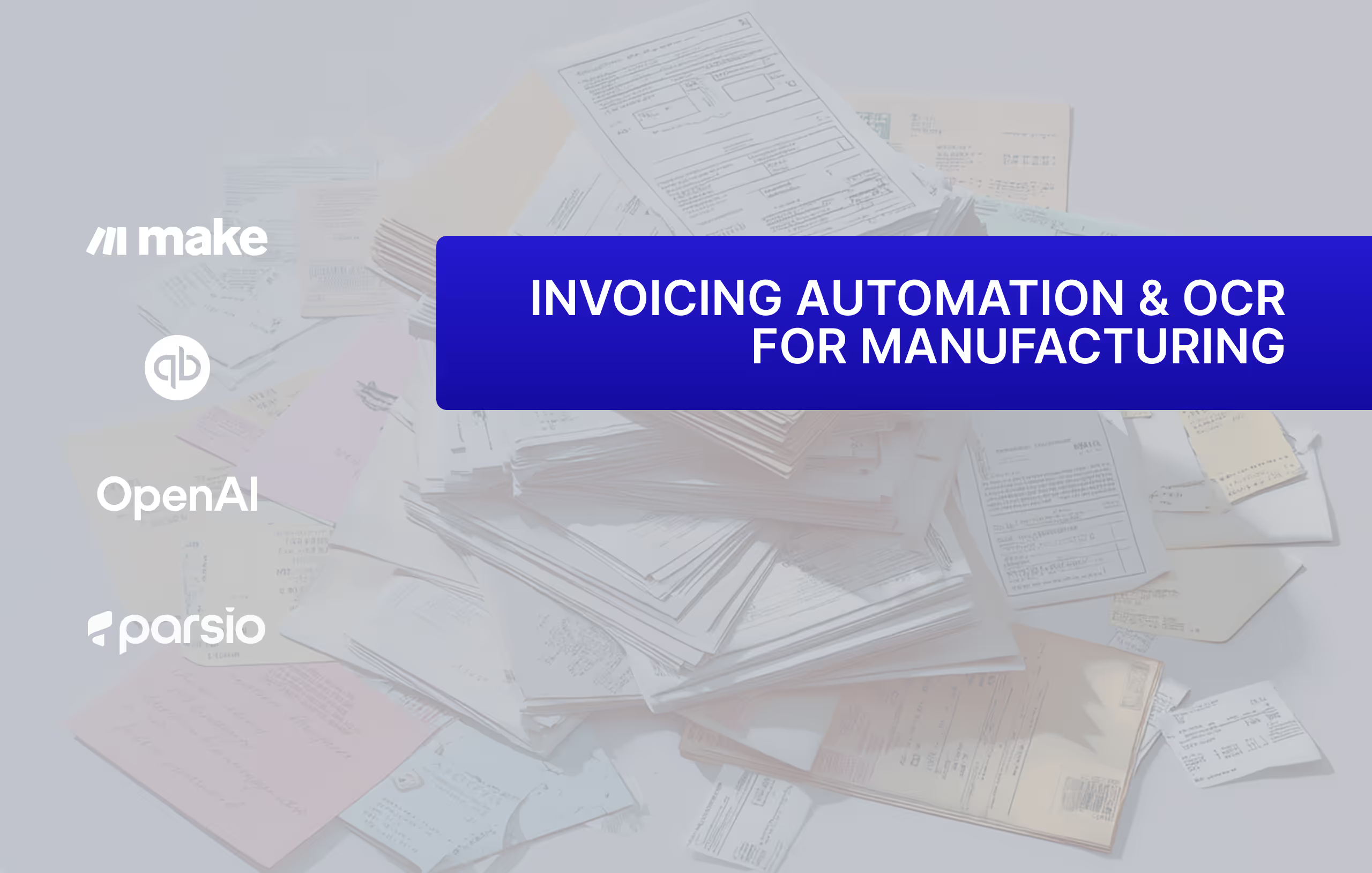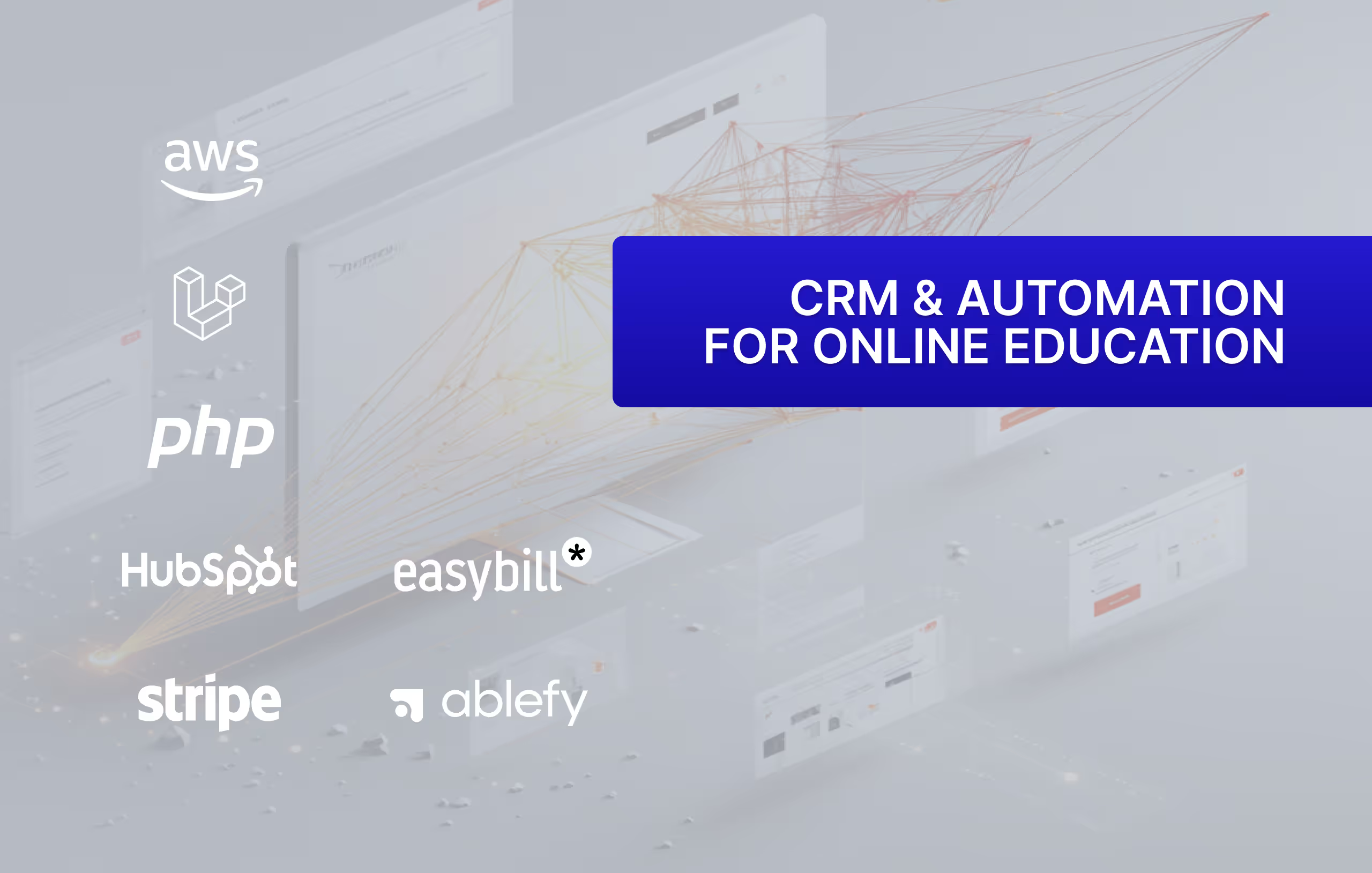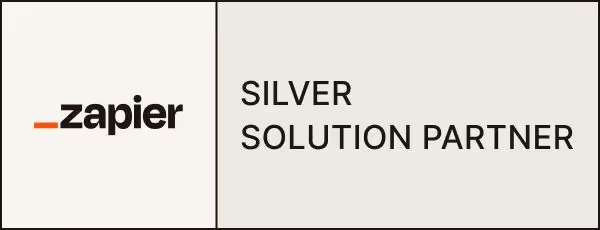Food Production Lab Results Automation with Make, OpenAI & Google Sheets
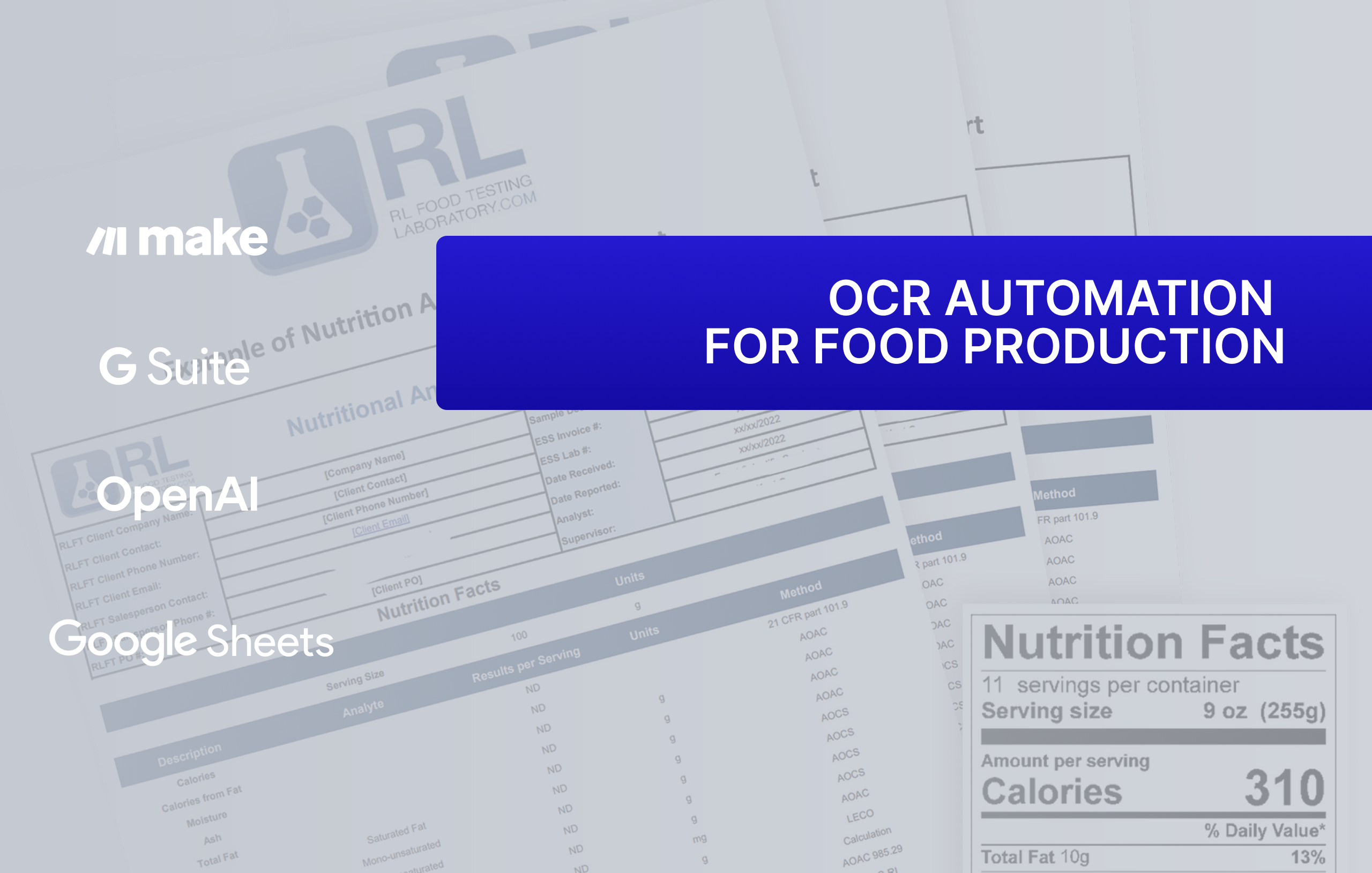
Summary
We helped a premium Swiss food production company, automate their food quality control process: extracting and organizing lab test results. What used to be a slow, manual process, checking emails, opening PDFs, copying values into spreadsheets, is now handled automatically.
We built a solution – LAB AI Agent that processes incoming food lab result PDFs directly from email, intelligently extracts and structures the data, and saves it into a centralized Google Sheets system. The solution also handles multi-page reports, dynamically maps product values, and processes scanned production documents using OCR. Everything is organized, searchable, and one click away.
With the new system in place, their team saves hours every week and no longer wastes time on repetitive admin work.
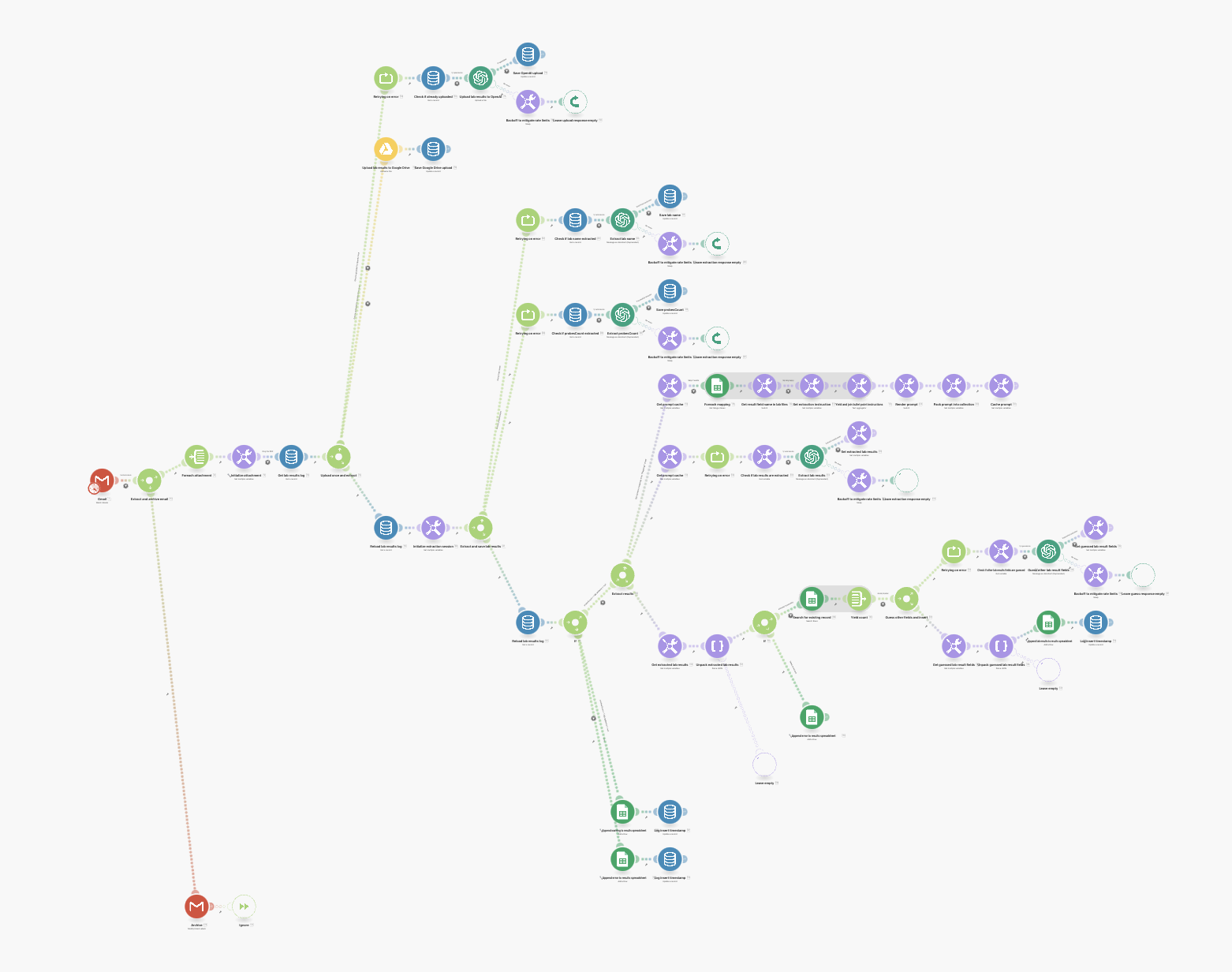
About
The client needed to scale its quality assurance workflows as lab reports volume for food quality control grew, but manual data handling created delays and risks. A critical part of their QA workflow included the analysis of lab reports that arrive by email in PDF format. Reports came in as PDFs from various labs or scanners, often with inconsistent formats. Staff had to extract data manually, assign categories, and copy results into tracking spreadsheets.
Their lab partners send test results via PDF, often containing multiple product probes. Each report had to be manually reviewed, interpreted, and entered into tracking spreadsheets. Additionally, scanned production tracking reports came in as unreadable PDFs that needed renaming and organizing. The lack of automation created bottlenecks in decision-making and compliance reporting.
Main Pain Points:
- Time-consuming manual data entry from unstructured food lab reports
- No way to detect or categorize multi-probe PDFs automatically
- Frequent updates in product mapping required manual input
- Scanned production reports (non-searchable PDFs) added further friction
- QA managers lacked an easy way to run ad-hoc report extraction
Solution we built
We built a modular AI PDF reports automation named LAB AI Agent that receives emails, extracts structured data from attached PDFs using OpenAI, maps the values dynamically, flags edge cases, and stores everything in a live spreadsheet. The flow supports scanned files using OCR, dynamic category guessing, and gives managers manual control via button triggers.
- Email Listener: Watches inboxes for lab reports or production scans
- PDF Data Extractor: Uses OpenAI to extract and format lab data
- Dynamic Mapping Engine: Pulls current product mappings and categories from a shared Google Sheet
- Multi-report Flagging: Detects PDFs with multiple probes and flags them for review
- Category Guessing: Fills in fields like “Analysegrund” or “Produktkategorisierung” using 2023–2024 data
- Google Sheet Integration: Extracted data is written directly into QA log sheets, with new rows, timestamps, and auto-filled fields
- OCR Processing: Converts production PDFs into searchable documents with hyperlinks and proper naming
- Logging & Archiving: Saves documents to Google Drive and archives email metadata in a structured table.


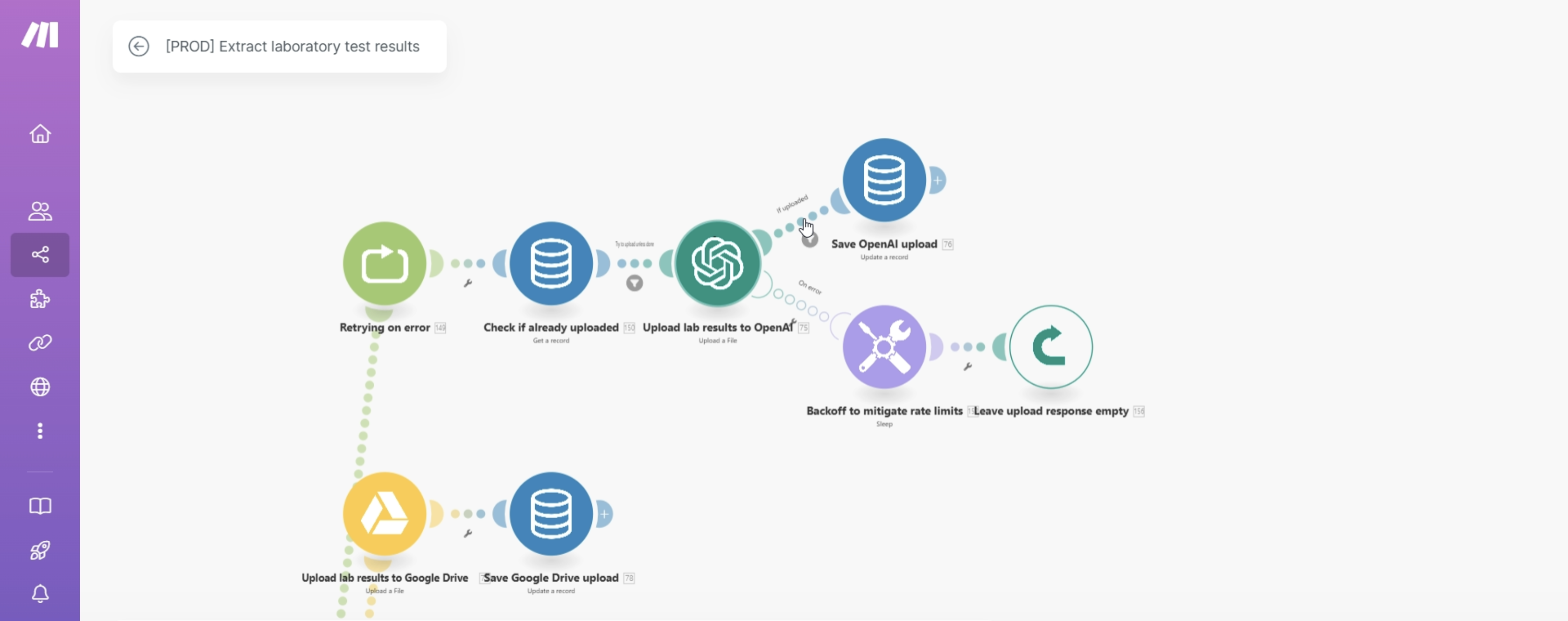

Results
The solution delivered instant ROI by cutting manual input, improving data accuracy, and making reports searchable and accessible in seconds. QA team productivity increased, audit-readiness improved, and lab data became centralized and verifiable. It also gave non-technical managers full control over the flow via mapping sheets and button triggers.
Overall, the system transformed how the clients' QA department works. Parsing accuracy now exceeds 90%, and even scanned reports are automatically converted, stored, and searchable in one shared location. The process is transparent, easy to maintain, and gives the team full visibility into their entire quality pipeline — from incoming lab reports to final compliance checks.
Impact Highlights:
- 90%+ parsing success rate with supported lab formats
- Data now reaches QA managers within minutes, not hours
- OCR process turned 100+ page scanned PDFs into searchable assets
- Manual data entry was replaced by dynamic logic and fallback flows
- Spreadsheet controls (e.g. “Dokumente einlesen”) empowered the team to take action independently
Client’s testimonial






